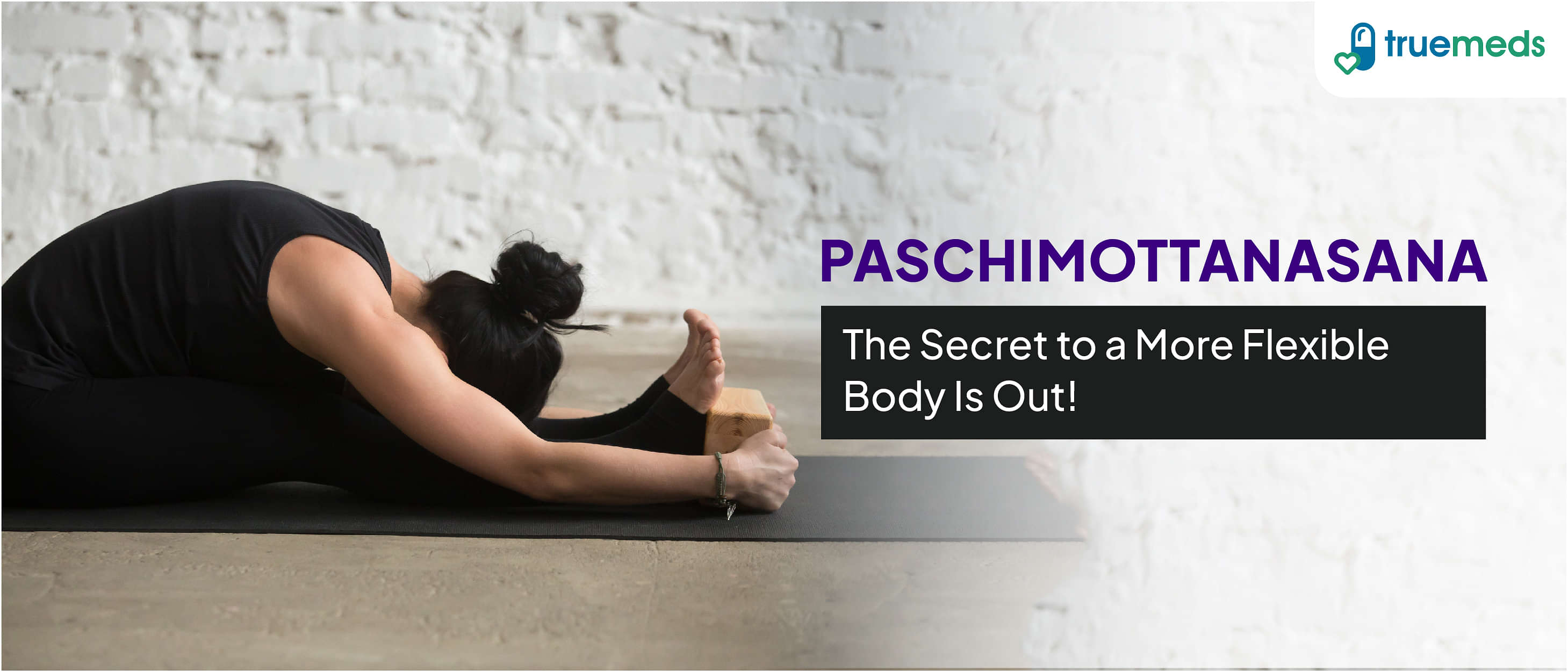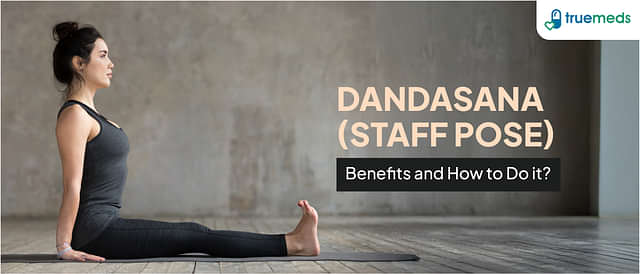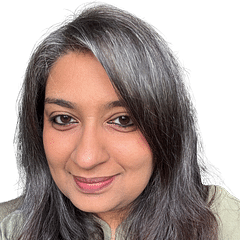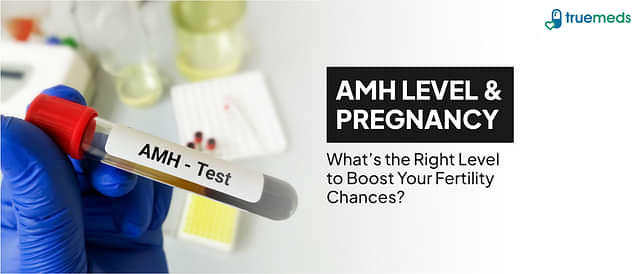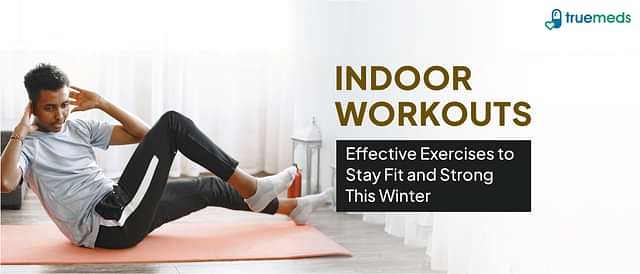Health Benefits of Paschimottanasana: How to Do It & Precautions
Last updated on : 30 Nov, 2025
Read time : 7 min
What is Paschimottanasana?
Paschimottanasana, often known as the seated forward bend pose, is an asana that focuses on forward folding. The name is derived from three Sanskrit words: “Paschima,” meaning west or the back of the body; “Uttana,” meaning intense stretch; and “Asana,” meaning pose. This asana involves sitting with legs stretched out and bending forward at the hips, reaching for the toes. It provides a deep stretch to the entire back, targeting the spine, hamstrings, and shoulders. Paschimottanasana is renowned for promoting flexibility, calming the mind, and stimulating the abdominal organs, making it a valuable addition to yoga practices that enhance both physical and mental well-being [1].
Potential Health Benefits of Paschimottanasana
The practice of Paschimottanasana offers a range of benefits that contribute to overall well-being. Here’s a detailed look at these benefits:
- May Help in Managing Blood Glucose Levels: The forward bend stimulates abdominal organs such as the pancreas, which may support the regulation of insulin secretion [2]. This action can be a complementary practice for blood glucose control in people with diabetes but should never be considered a standalone treatment [3].
- Relieves Menstrual Discomfort: The pose gently stretches the abdominal and pelvic area, which can help alleviate menstrual cramps and promote relaxation during menstruation. It is best practised under expert guidance during menstruation.
- Stimulates Abdominal Organs: Compression of the abdominal area is believed to promote blood flow to the liver and kidneys, potentially aiding in metabolic and detoxification processes [1].
- Calms the Nervous System: The gentle folding motion of Paschimottanasana has a calming effect on the mind. This relaxation helps reduce stress and anxiety levels and promotes mental tranquillity, contributing to overall well-being [4].
- Aids in Abdominal Toning: Regular practice of Paschimottanasana engages the abdominal muscles, contributing to their toning and strengthening. While it does not directly reduce ‘spot’ fat, engaging the core during this pose can help tone abdominal muscles over time. Fat reduction requires overall caloric balance and exercise.
- Deeply Stretches the Posterior Body: The asana’s forward bend provides a deep stretch to the spine, hamstrings, and calves. This stretching action improves flexibility, prevents stiffness, and enhances the overall mobility of the back and leg muscles [5].
- Improves Digestion: Paschimottanasana involves a forward fold that massages and stimulates the digestive organs, including the stomach and intestines. This stimulation may promote efficient digestion and nutrient absorption, improving digestive health [1].
How to Practice Paschimottanasana Safely
Paschimottanasana is a simple yet effective yoga pose. Follow these step-by-step instructions for safe practice:
Step 1: Sit Comfortably
- Sit on the floor with your legs extended straight in front of you.
- Keep your spine erect and shoulders relaxed.
- Flex your feet and keep your toes pointing upwards.
Step 2: Inhale and Stretch
- Raise both arms overhead while inhaling deeply.
- Stretch your body upward, elongating the spine.
Step 3: Forward Bend
- Exhale slowly and bend forward from the hip joints.
- Reach toward your feet, ankles, or shins, depending on flexibility.
- Avoid rounding the back; keep the spine as straight as possible initially.
Step 4: Hold the Pose
- Rest your hands on your legs or feet.
- Keep your neck relaxed and head in line with your spine.
- Hold the position for 30 seconds to 1 minute, breathing deeply and evenly.
Step 5: Release Gently
- Inhale and slowly lift your torso back to the upright position.
- Lower your arms to the sides and relax.
Evidence and Research on Paschimottanasana
While traditional yoga texts and practitioners assert a wide range of benefits for Paschimottanasana, the quantity and specificity of modern, high-quality scientific research supporting every claim varies [1, 5]. Studies generally confirm its effectiveness in improving spinal flexibility and reducing stress [4], but claims regarding direct effects on specific conditions like diabetes or organ function are primarily based on physiological mechanisms (like abdominal compression) and require more large-scale, controlled clinical trials for definitive support.
Safety Precautions and Potential Risks
It is crucial to approach Paschimottanasana with caution to avoid strain or injury. Practice mindfully and respect your body’s limits.
- Warm-Up: Always begin with a proper warm-up to prepare your muscles and joints for the forward bend. Gentle stretches and rotations help prevent injuries.
- Flexibility Level: Never force the stretch. Be mindful of your flexibility level and progress gradually to prevent overexertion.
- Spinal Alignment: Maintain a straight back throughout the initial phase of the pose. Avoid excessive rounding of your spine, as this can strain the lower back.
- Knee Protection: Keep your knees slightly bent (a micro-bend) if you experience tightness in the hamstrings. This helps protect the knee joints.
- Breathing Awareness: Coordinate your breath with the movement. Inhale while stretching the spine, and exhale while bending forward. Avoid holding your breath.
Potential Risks
While generally safe, incorrect practice can lead to potential risks:
- Strain on the Lower Back: Incorrect form, such as aggressive rounding of the back or overstretching, may strain the lower back, leading to discomfort [5].
- Hamstring Strain: Excessive forceful stretching can strain the hamstrings, leading to pain and potential injury.
- Exacerbation of Pre-Existing Conditions: Individuals with existing conditions like severe lower back issues, herniated discs, or sciatica should avoid this pose or practice only under the direct supervision of a healthcare professional and a highly experienced instructor.
- Pregnancy and High Blood Pressure: Pregnant individuals should practice a modified version with a gentle bend, avoiding any abdominal compression. Individuals with high blood pressure should approach this pose with caution and may need to avoid bending too much due to potential temporary changes in blood pressure.
Frequently Asked Questions
Is Paschimottanasana a lying posture?
No, Paschimottanasana is not a lying posture. It is a seated forward bend where you stretch forward with your upper body over your straight legs.
Which muscles are used in Paschimottanasana?
Paschimottanasana primarily engages and stretches the muscles of the hamstrings, calves, and the entire back (spinal extensors).
Can beginners practice Paschimottanasana safely?
Yes, beginners can practice with modifications such as bending the knees significantly or using a yoga strap around the feet to avoid strain and ensure safety.
How long should I hold Paschimottanasana?
Hold the pose for 30 seconds to 1 minute, focusing on gentle breathing and maintaining proper alignment throughout.
Are there any precautions for Paschimottanasana?
Avoid this pose if you have acute or severe back injuries or recent abdominal surgery, and always practice under guidance if unsure.
References
[1] Patil, U. J. (2017). Paschimottanasana and its physioanatomical aspect. Ayurpub, 2(1), 286-292. http://www.ayurpub.com/wp-content/uploads/2016/08/286-292.pdf
[2] Gupta, B., Tripathi, S., & Jangde, S. J. D. S. (2025). A Comprehensive Review of Paschimottanasana: Anatomical, Physiological, and Therapeutic Perspectives. International Journal of Ayurveda360, 2(1), 570-578. https://ayurveda360.in/journal/index.php/ijoa/article/view/paschimottasana
[3] Naragatti, S., & Vadiraj. (2023). A comprehensive review of paschimottanasana: Benefits, variations, and scientific evidence. International Journal of Science and Research (Raipur, India), 12(10), 460–464. https://doi.org/10.21275/sr231005142746
[4] Anand, M. (2018). To study the effect of paschimottanasana in healthy individuals W.s.r.to vertebral column (Doctoral dissertation, R.G.U.H.S., Bangalore). https://www.proquest.com/openview/258674817e2f9b299d0e7453c6de5787/1?pq-origsite=gscholar&cbl=2026366&diss=y
[5] Singh, M. K., & Sharma, G. (2022). Benefits of Paschimottanasana (Seated Forward Bend Pose) on Physical and Mental Health: A Review. International Journal of Research in Medical Sciences, 10(12), 4057-4061. https://www.msjonline.org/index.php/ijrms/article/view/10051/8267
Disclaimer
Our healthcare experts have carefully reviewed and compiled the information presented here to ensure accuracy and trustworthiness. It is important to note that this information serves as a general overview of the topic and is for informational purposes only. It is not intended to diagnose, prevent, or cure any health problem. This page does not establish a doctor-patient relationship, nor does it replace the advice or consultation of a registered medical practitioner. We recommend seeking guidance from your registered medical practitioner for any questions or concerns regarding your medical condition.
Popular Articles
Recommended Articles
Recent Articles
Company
About UsHealth ArticleHealth StoriesHealth LibraryDiseases & Health ConditionsAyurvedaAll MedicinesAll BrandsNeed HelpFAQSecuritySubscribe
Registered Office Address
Grievance Officer
Download Truemeds
Contact Us
Our customer representative team is available 7 days a week from 9 am - 9 pm.
v4.9.0
2025 - Truemeds | All rights reserved. Our content is for informational purposes only. See additional information.
Our Payment Partners









